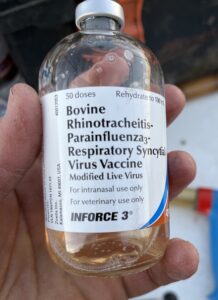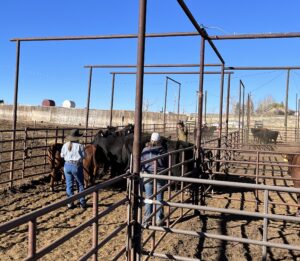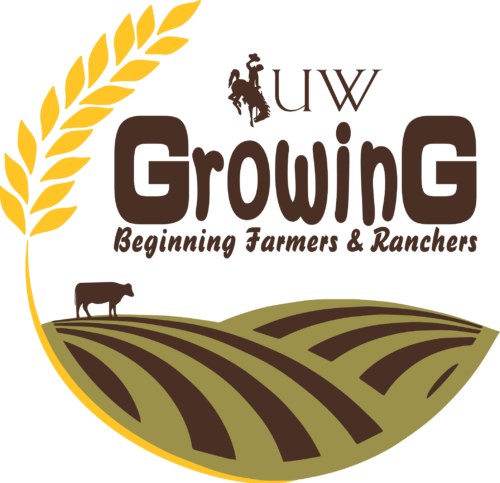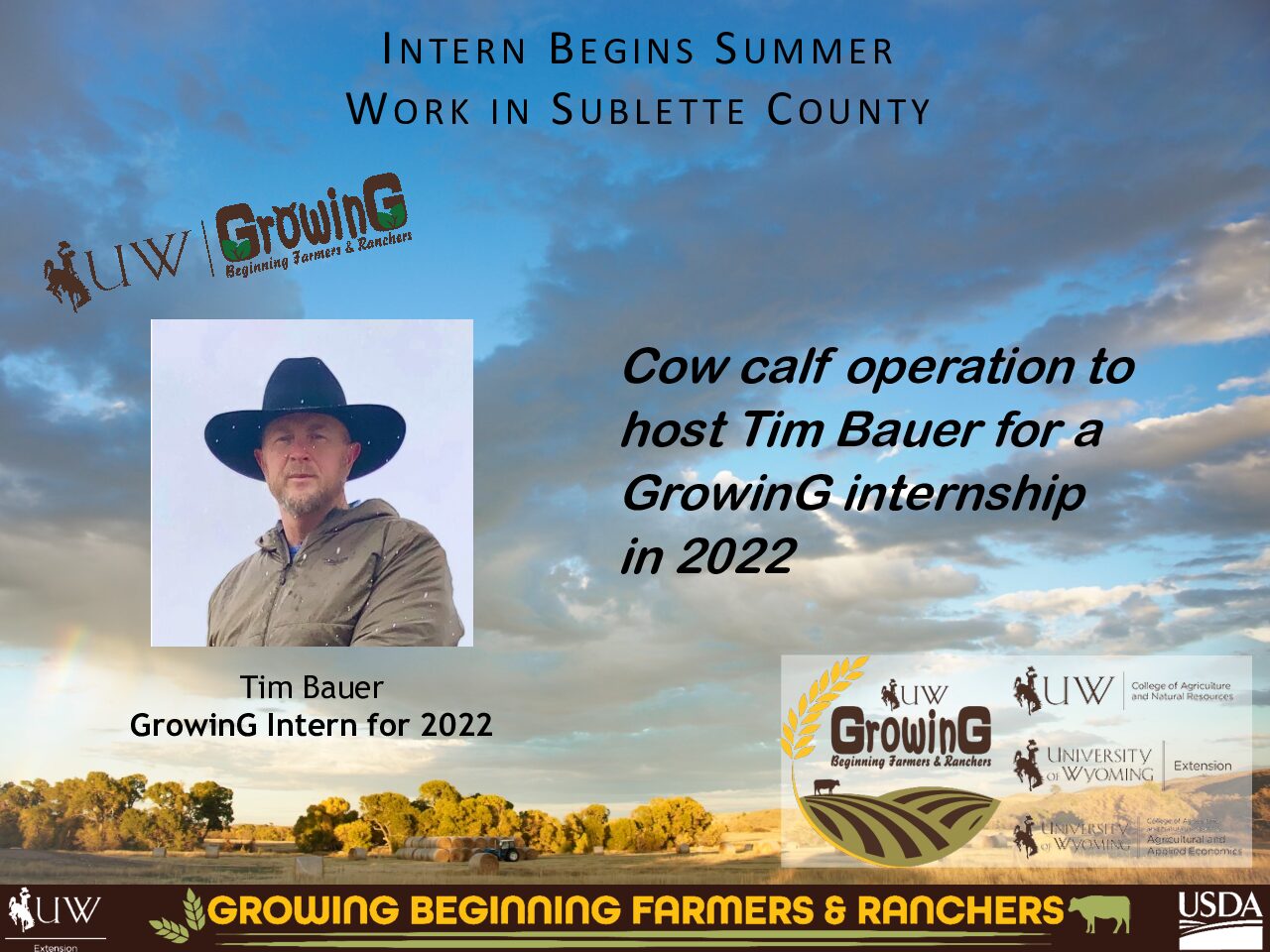Methods to Sorting and Trailering Cattle
#bfrdpwy #aginternship #RightRisk

This week we were pre-conditioning cattle and rechecking the National Forest for lost cattle. The preconditioning was completed in three phases. First, we moved the cattle from the pasture to the pens on horseback. Second, we sorted and separated the cattle by cows, heifers, steers, bulls and cattle identified for culling. Third, the cattle were run through the chutes and vaccinated, tagged and sorted based on sex, condition and weight. Fourth, we pushed cows to the pasture with the heifers and kept the steers behind in the corrals. This was done to draw the steers mothers close and allow them to separate themselves. The next morning, we moved the mothered pairs (cows and steers) to the appropriate pasture. This cycle would continue until all of the herd was processed. Post processing, we rode the fence line and identified separated pairs and moved the cow (mother) to the appropriate pasture so they could be with their offspring.
During the later portion of the week, I went with the ranch manager to find lost cattle. We rode on horseback and employed the drone to find them. We were able to find 17 pairs and 3 dry cows. We would load them onto the trailer by creating a bud box with panels on the back end of the trailer that was near parallel to the fence. We would orientate the cows to move down the fence line and carefully put pressure on them so they would load onto the trailer. After loading, we would take the cattle back to the ranch for processing.

Loading cattle, employing the different methods, showed that being careful in how much pressure is put on the cows at the right time is critical for success. By putting too much pressure, and too soon, you will end up with hyped-up cows that will do anything to get out of the temporary pen. It would also make it nearly impossible for the entrance panel to be closed and prevent one of the hands (personnel) from moving over to the outside position to both apply pressure and shut the trailer door. It was a great experience to learn how to load cattle into a trailer.
I also noticed that you really must love this kind of work. Just like in the military, things can get tough on both the body and mind. It includes long hours in and out of the saddle. You must put yourself in positions that will eventually cause you to get banged up, either by a horse, a cow, or something (Murphy’s Law). Being a ranch hand really is not for the faint of heart, and if you don’t love it and can’t appreciate the bruises, crack a joke with things get tough, and as they say in the military – “embrace the suck”, you are going to have a tough time. It is the greatest job (lifestyle).
Both the sorting and movement of cattle on horseback was a great opportunity to continue to advance my horses training and my personal horsemanship skills. A key learning point was to not pull on the reins but utilize them as a cue combined with leg pressure. Over time, it created a lighter and more responsive horse in addition to a more secure seat position. I could also see my horse begin to understand it had a job to do and the faster we got the job done, the faster he could relax.
There were a few ranch hand rules, a code of ethics, that were reiterated this week. The first was, never cross over in front of another rider. Trust that they will complete the task in their lane, and if they don’t it is their responsibility to fix it. The second rule was, never ride off from the gate until the gate is closed. Wait until the rider who is closing the gate can complete the task. The reasoning is, the rider can be working on a horse that is young and/or buddy sour and could bolt into the other riders causing a wreck.

As for stockmanship, I got to work with two mentors while sorting cattle in preparation for processing. Both of them had a different style. One would utilize dogs to put slight pressure on the cows to get the desired direction and
movement. The other mentor, did not like to utilize their dogs in the pens, feeling that it put too much pressure on the cattle, and they would be hyped-up and sometimes difficult to handle for the person doing the sorting. In addition, he felt that by being calm and applying pressure utilizing your own body movements would result in calm cows that will sort themselves out. I noticed the calmer method that didn’t use dogs resulted in faster sorting results and happier cows all around.
The skills learned this week continue to expand my understanding of both horsemanship and stockmanship. These skills apply for any situation that would require the handling of cows and horses, either as an individual contributor working for someone else or working for yourself. The different methods of loading cattle into a trailer using panels are critical for a ranch hand to know, which we will utilize as we continue into the backcountry to find cows in the coming weeks.
Submitted by: Tim Bauer
Edits by: GrowinG Internship Team

